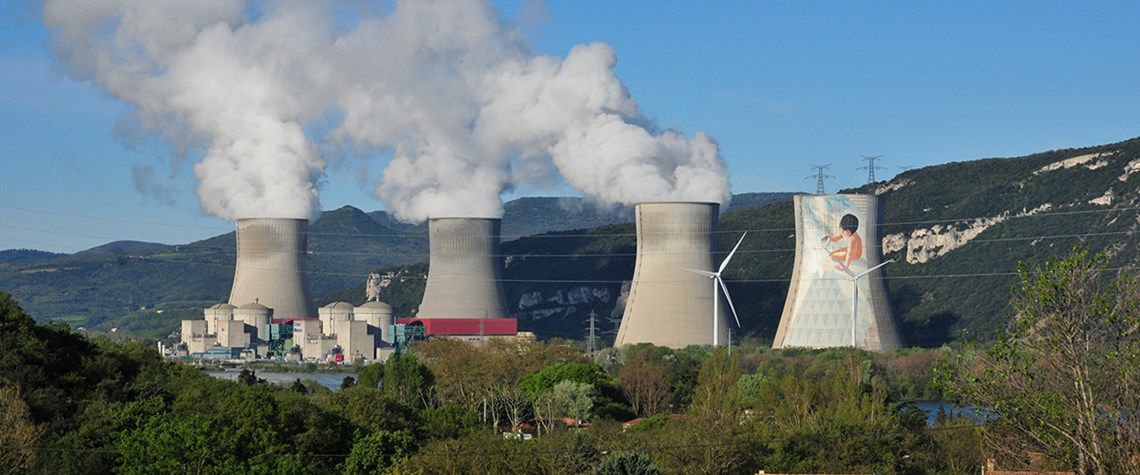Europe's black and green stuff
Europe's energy supply mix is changing again. It won’t be good news for the climate targets
From the French love affair with the atom to the nuclear phase-out in Germany, from the carbon-free current in Sweden to the 80% coal electricity mix of Poland, the EU's energy market, despite all the efforts to build common policies, is still characterised as much by its variety as its commonality. This is not about to change, but the balance will probably shift as the three biggest European economies review their energy choices. Germany became the standard-bearer for energy transition in 2000 when the red-green coalition decided to replace nuclear power with renewable energy in 20 years. Germany's nuclear phase-out is now planned to end in 2022 and is likely to succeed: 11 of the 19 reacto

Also in this section
24 December 2025
As activity in the US Gulf has stagnated at a lower level, the government is taking steps to encourage fresh exploration and bolster field development work
23 December 2025
The new government has brought stability and security to the country, with the door now open to international investment
23 December 2025
A third wave of LNG supply is coming, and with it a likely oversupply of the fuel by 2028
22 December 2025
Weakening climate resolve in the developed world and rapidly growing demand in developing countries means peak oil is still a long way away







